- Home
- About S&T
- Taxa/Organisms
- Ecosystems
- Issues
- Methods & Tools
- Reports & Publications
- Location
- Search
Publisher: Invasive Species Information Node | Format: URL
invasivespecies.nbii.gov — The Invasive Species Information Node partner University of Tennessee Chattanooga (UTC) geographic information systems (GIS) research laboratory, working in tandem with wildlife management officers from the Great Smoky Mountains National Park (GSMNP), has begun to use GIS to examine twenty-six years of park service efforts to control populations More...

Publisher: USGS | Science Center: Western Ecological Research Center (WERC, Sacramento) | Format: URL
www.werc.usgs.gov — This project investigates the role of pre-fire fuel reduction manipulation projects on the invasion of nonnative plants. This study is designed to answer the following questions: 1. Do nonnative plants become established within fuel breaks? 2. Are some types of fuel breaks less likely to support nonnative species? 3. Do fuel breaks promote the More...
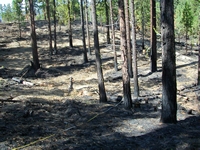
Publisher: USGS | Science Center: Western Ecological Research Center (WERC, Sacramento) | Format: URL
www.werc.usgs.gov — This web resources discusses the awareness of modern ecologists of the problems caused by the invasion of exotic species into natural areas and the associated negative effects on global patterns of native biodiversity. Once established, some exotic species have the ability to displace or replace native plant and animal species, disrupt nutrient More...
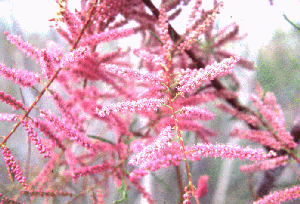
Publisher: Other (Joint Fire Science Program) | Format: .PDF
jfsp.nifc.gov — "Prescribed fire" has been used to reduce hazardous fuel loads, restore historical disturbance regimes, improve forage and habitat for game and livestock species, and promote biodiversity. In some cases, fire has also been used to manage invasive plant species. The goal of this report is to capture the current state of knowledge on the use of More...

Publisher: USGS | Science Center: Western Ecological Research Center (WERC, Sacramento) | Format: URL
www.werc.usgs.gov — Invasion and subsequent restructuring of ecosystems by nonnative organisms is taking on increasingly urgent significance as an example of human-caused environmental change with potentially dramatic consequences. This web resource discusses the affects of vascular plants - particularly in Sequoia, Kings Canyon, and Yosemite National Parks - on the More...

Publisher: USGS | Science Center: Western Ecological Research Center (WERC, Sacramento) | Format: URL
www.werc.usgs.gov — Pinon-juniper woodlands have expanded beyond their historical range in the western United States, due partly to land management practices such as fire suppression that began with settlements of the region in the late 1880s. This woodland expansion has replaced sagebrush steppe vegetation, leading to decreased wildlife habitat, soil seedbanks, and More...

Publisher: USGS | Science Center: Western Ecological Research Center (WERC, Sacramento) | Format: URL
www.werc.usgs.gov — This issue overview focuses on nonnative grass invasions and fire in the Mojave Desert, which appear to have been infrequent historically. When fires occurred, gaps of plant-free space separating individual shrubs, bunchgrasses, cacti, and trees, stopped the spread of fires like networks of small firebreaks. The increasing dominance of nonnative More...

Publisher: USGS | Science Center: Southwest Biological Science Center (SBSC, Flagstaff) | Format: URL
sbsc.wr.usgs.gov — From the website: "The Southwest Exotic Plant Information Clearinghouse is a cooperative effort among the U.S. Geological Survey, the National Park Service and Northern Arizona University to organize comprehensive information on exotic plant species in the southwest on one web location. SWEPIC serves to help all people and organizations committed More...
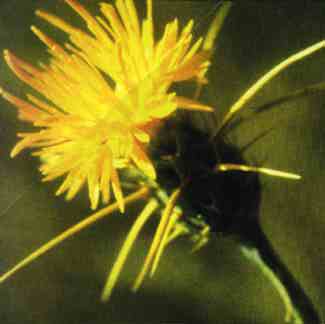
Publisher: USGS | Science Center: Fort Collins Science Center (FORT, Ft. Collins) | Format: URL
www.fort.usgs.gov — Research Spotlight on new supercomputer model that generates maps of invasives occurrence and areas of vulnerablity. This resource is a joint effort to combat invasive species in the U.S. and includes related resource links, collaborators, and example of the mapping and modeling process, and project details, combining resources and expertise in More...
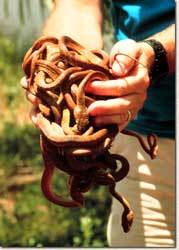
Publisher: USGS | Science Center: Western Ecological Research Center (WERC, Sacramento) | Format: URL
www.werc.usgs.gov — Where nonnative plant species have invaded wildlands or have potential to invade, fire may influence their abundance and the effects of the nonnative species on native plant communities. USGS scientists and colleagues have contributed chapters to a volume that synthesizes scientific information regarding wildland fire and nonnative invasive plant More...

Publisher: Invasive Species Information Node | Format: URL
invasivespecies.nbii.gov — The CerroGrande WildFire Invasive Species Mapping Project utilizes predictive spatial models to predict the total number of plant species richness likely to be found for any given location within the cerro grande wildfire (New Mexico). The number of invasive species was found to be correlated with areas of high native species richness.
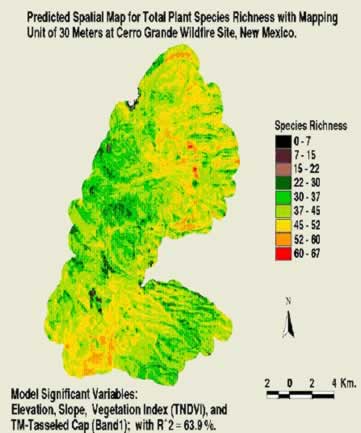
Publisher: Invasive Species Information Node | Format: URL
invasivespecies.nbii.gov — The Invasive Species Information Node partner DiscoverLife.org has been developing an all taxa species identification web tool. They conceptualized the Polistes Foundation, Nature Days, ID Nature guides, and an online reporting tool (the Polistes Global Map Browser powered by TopoZone) that allows users to report a siting of a species location. More...
